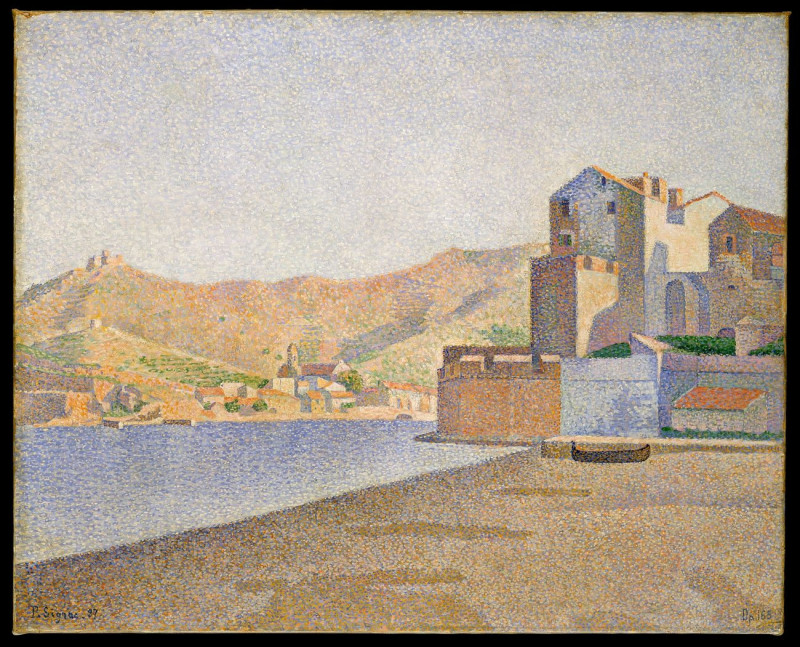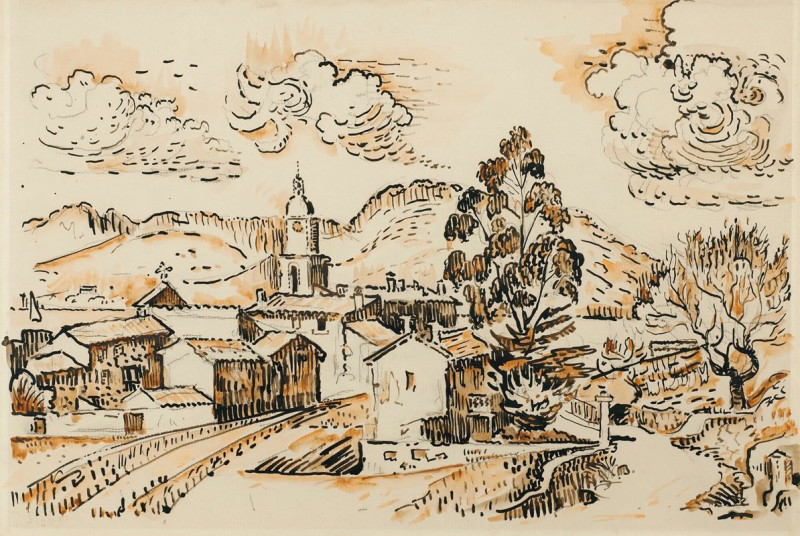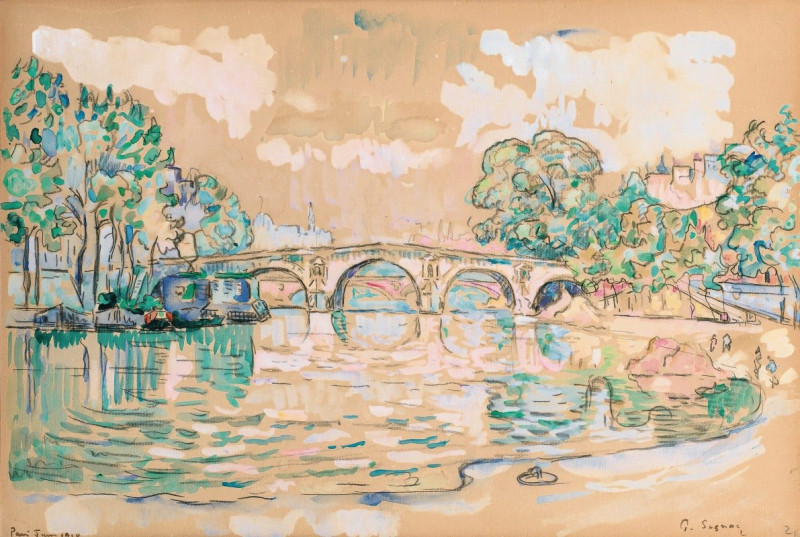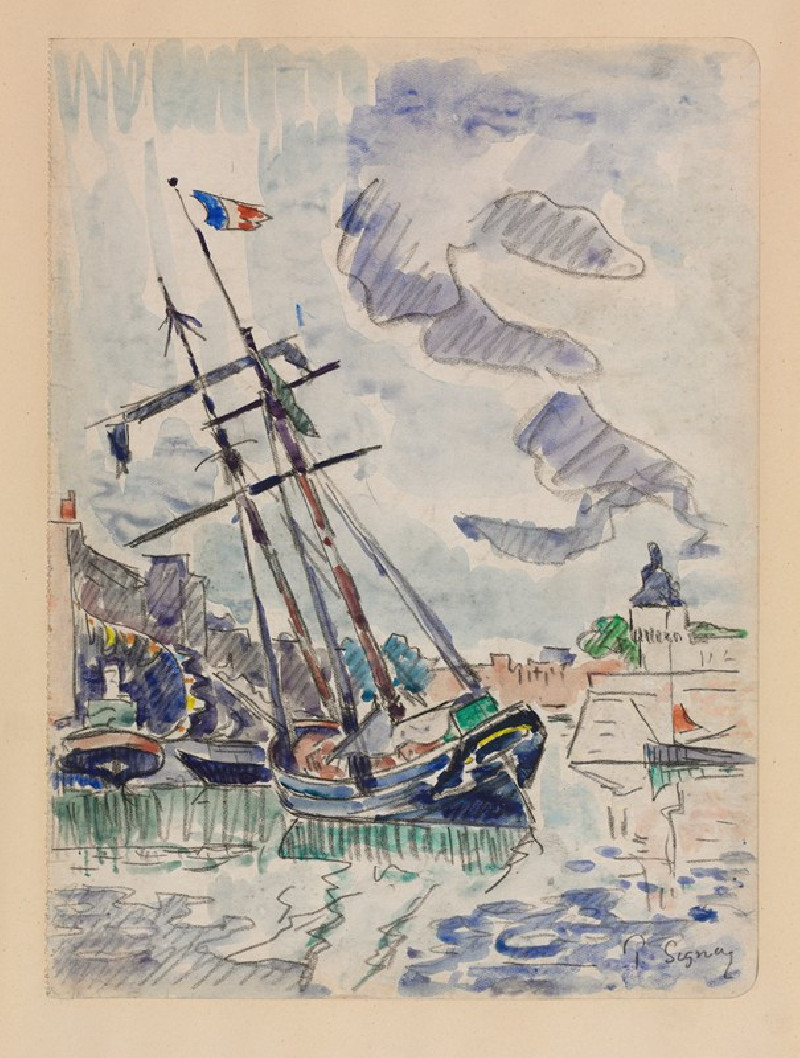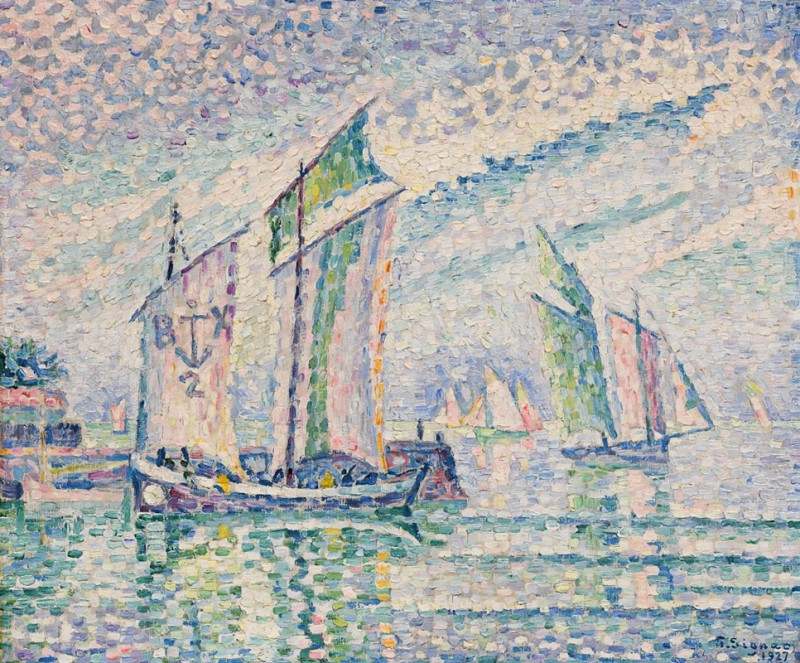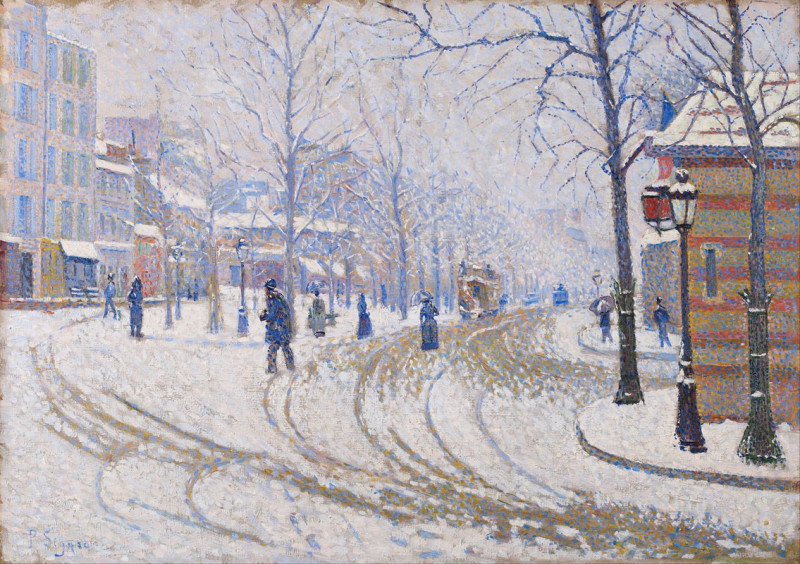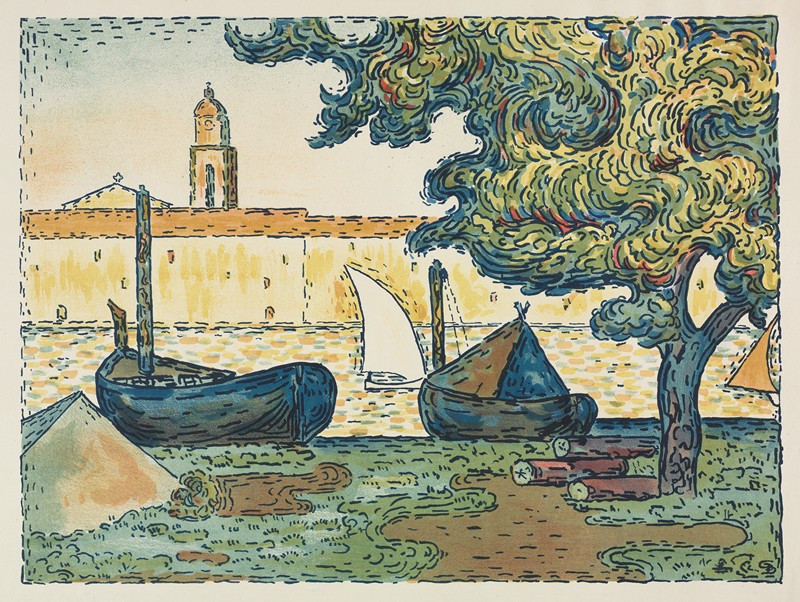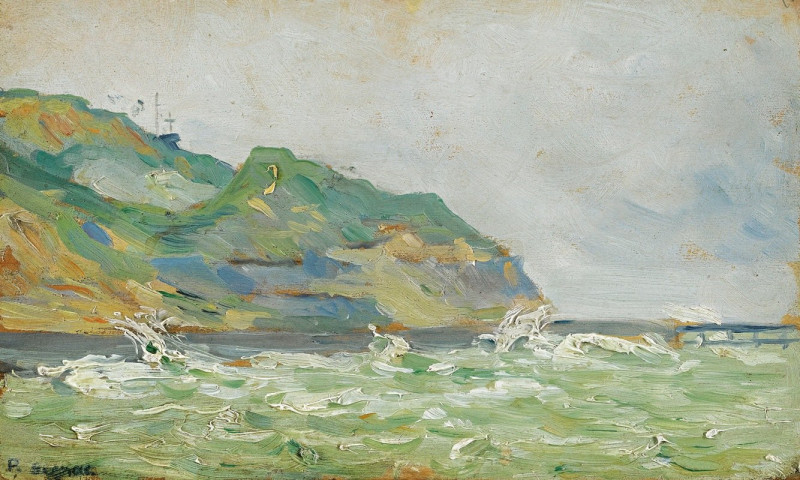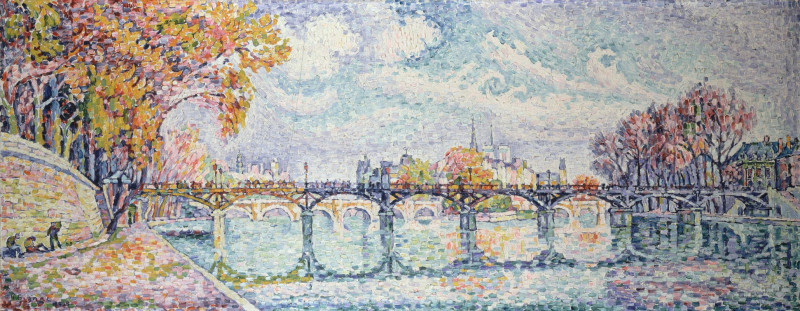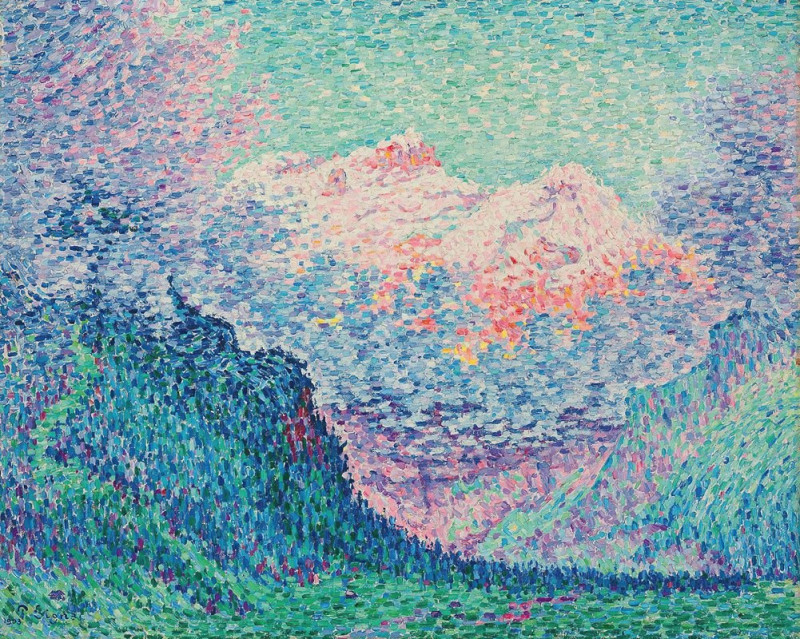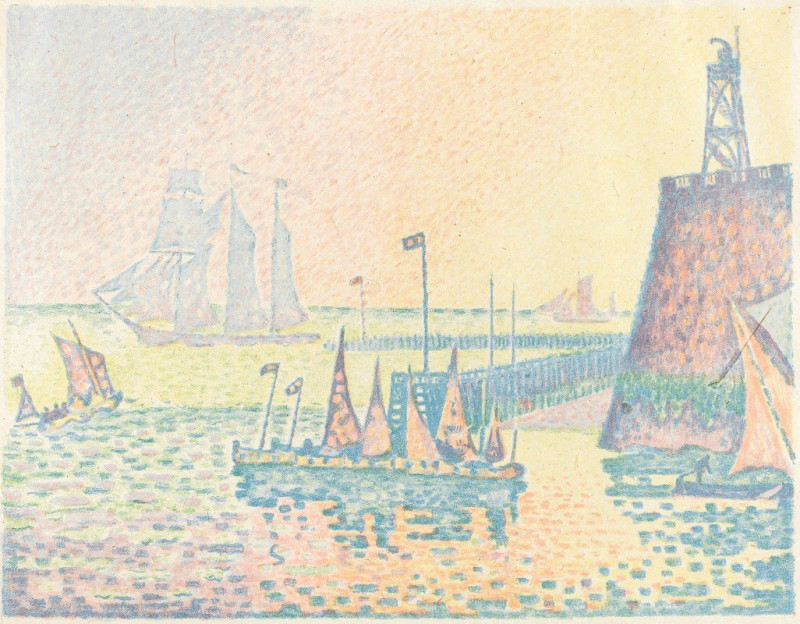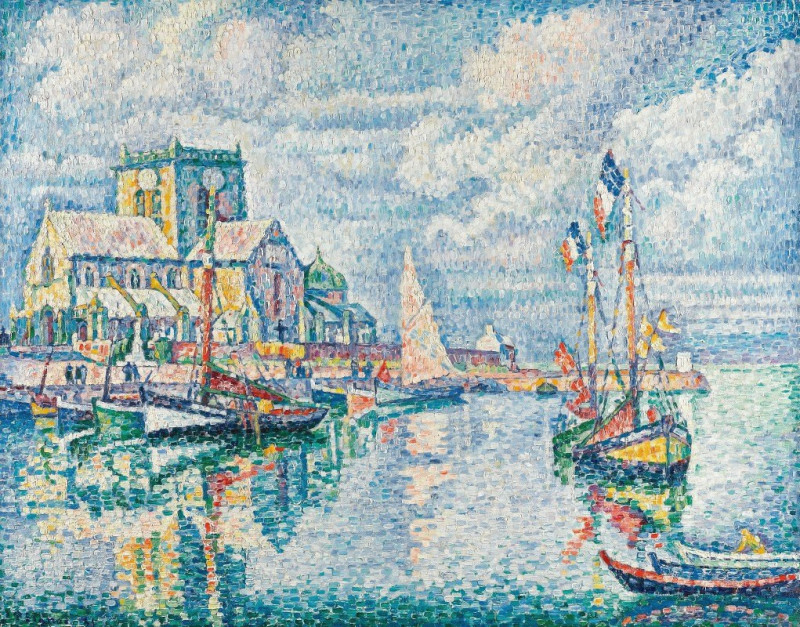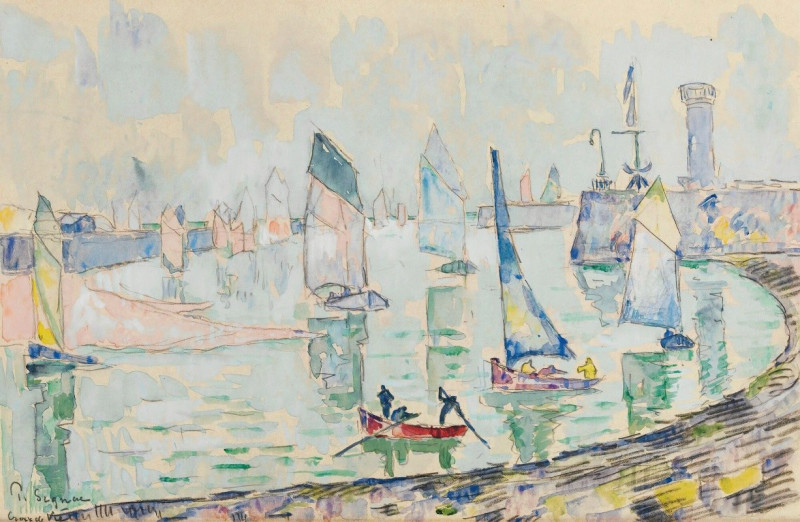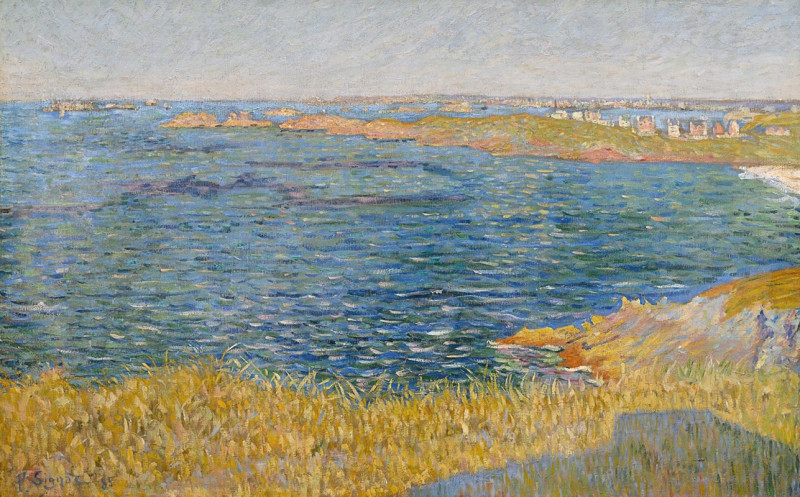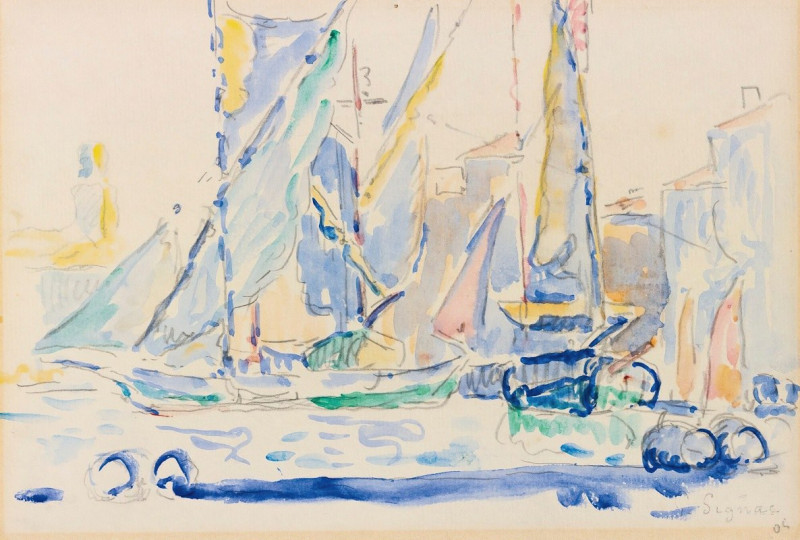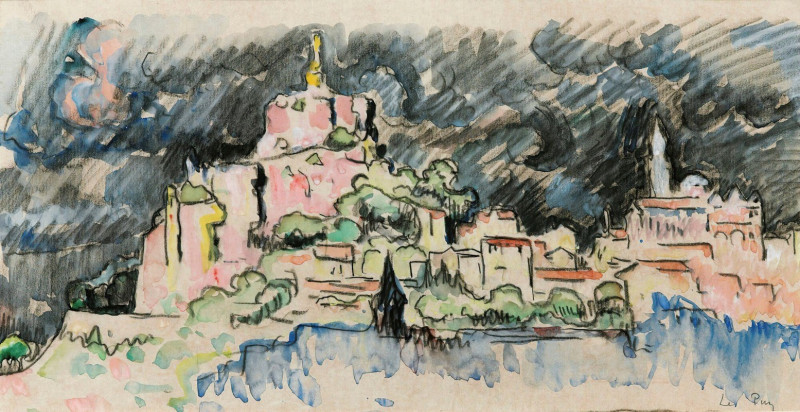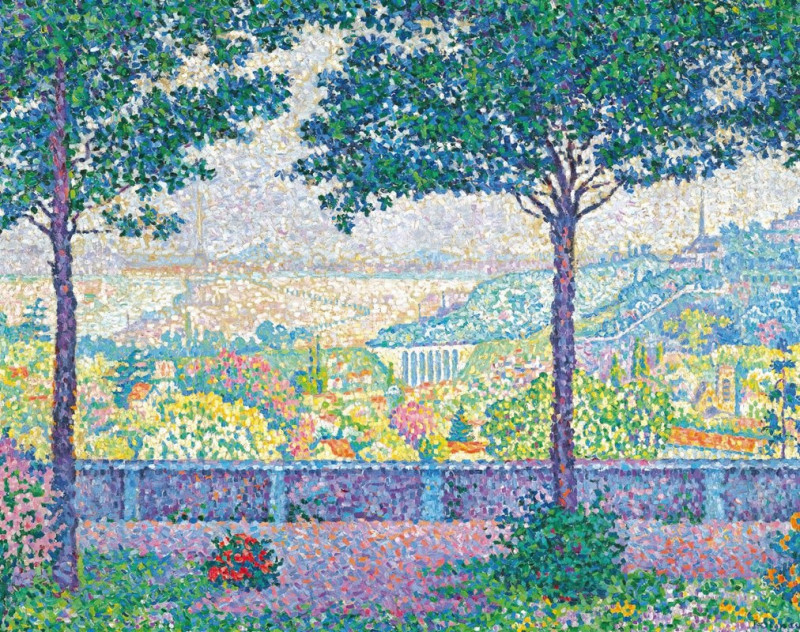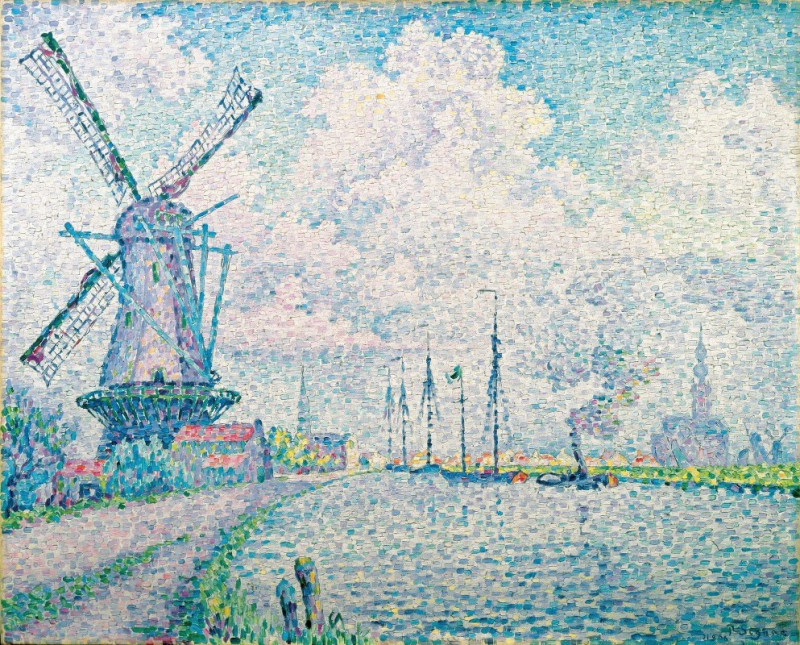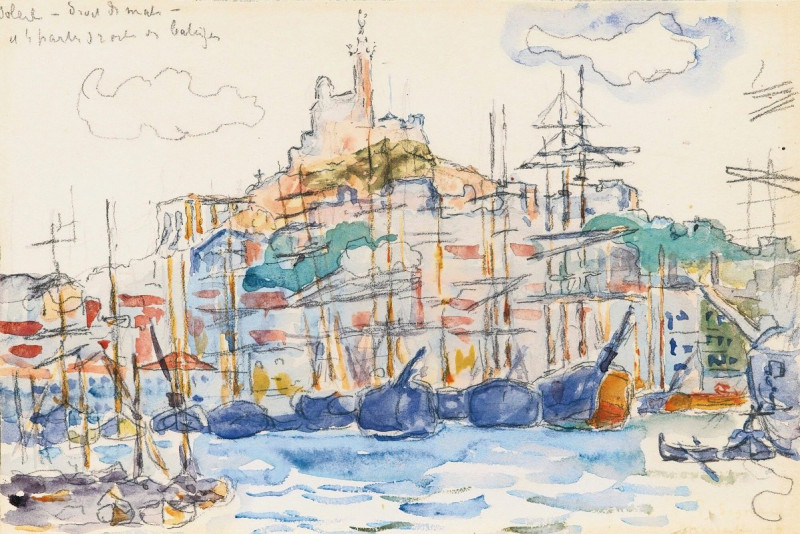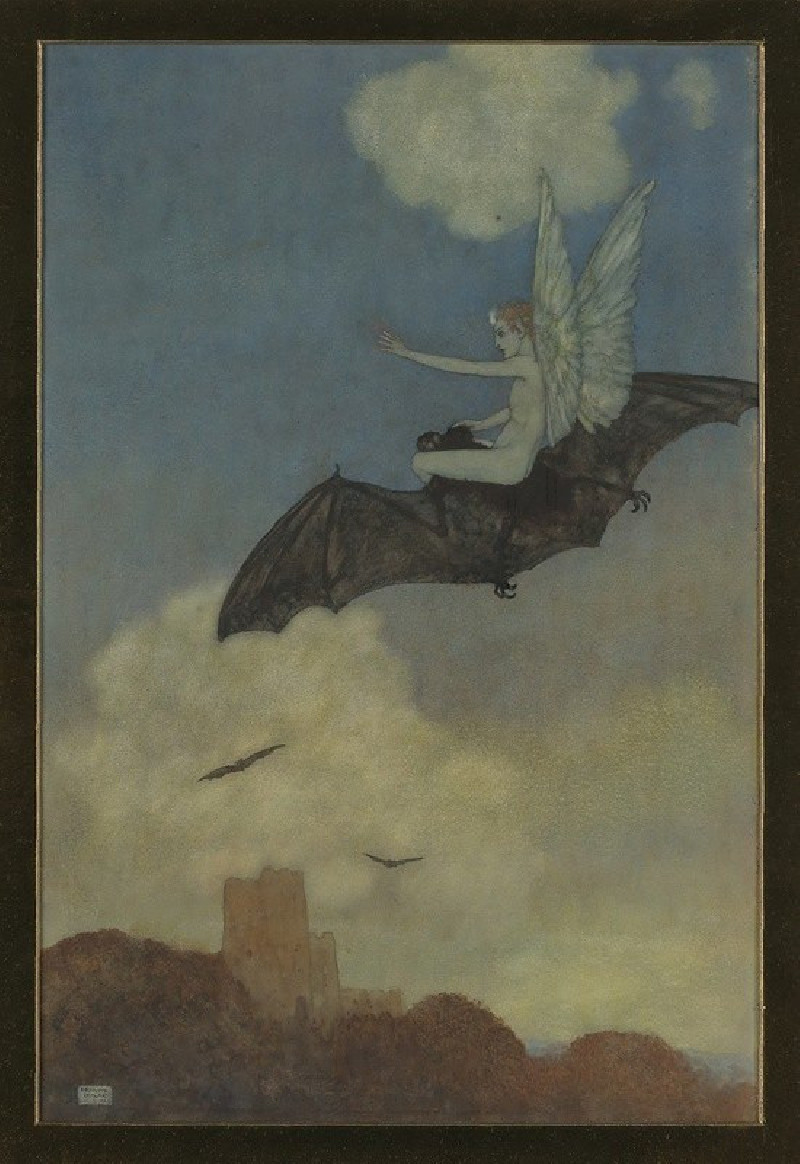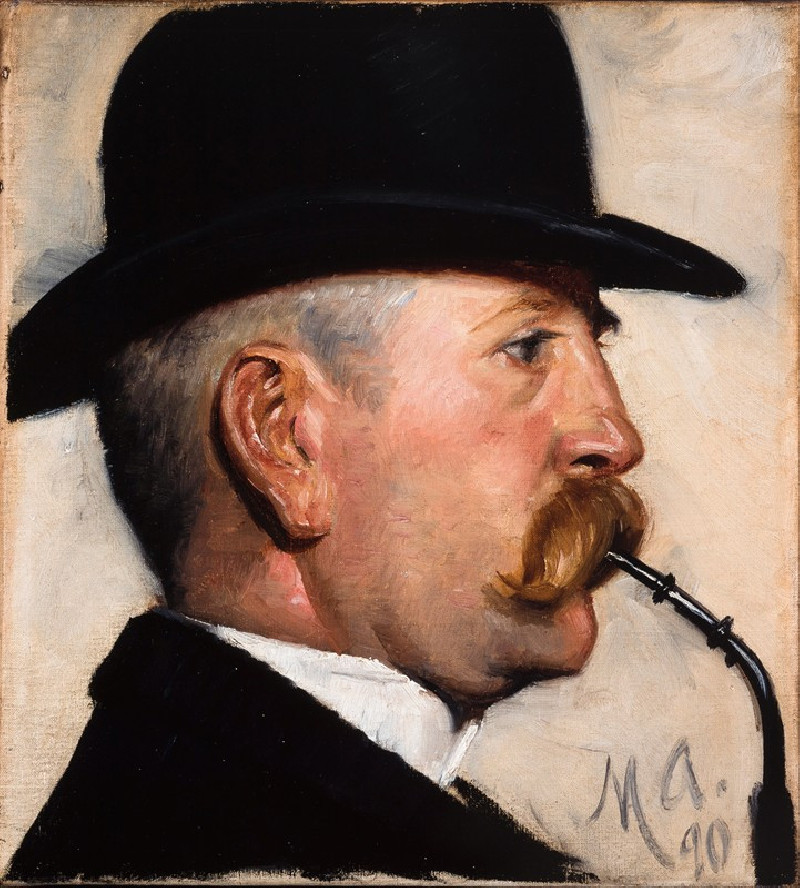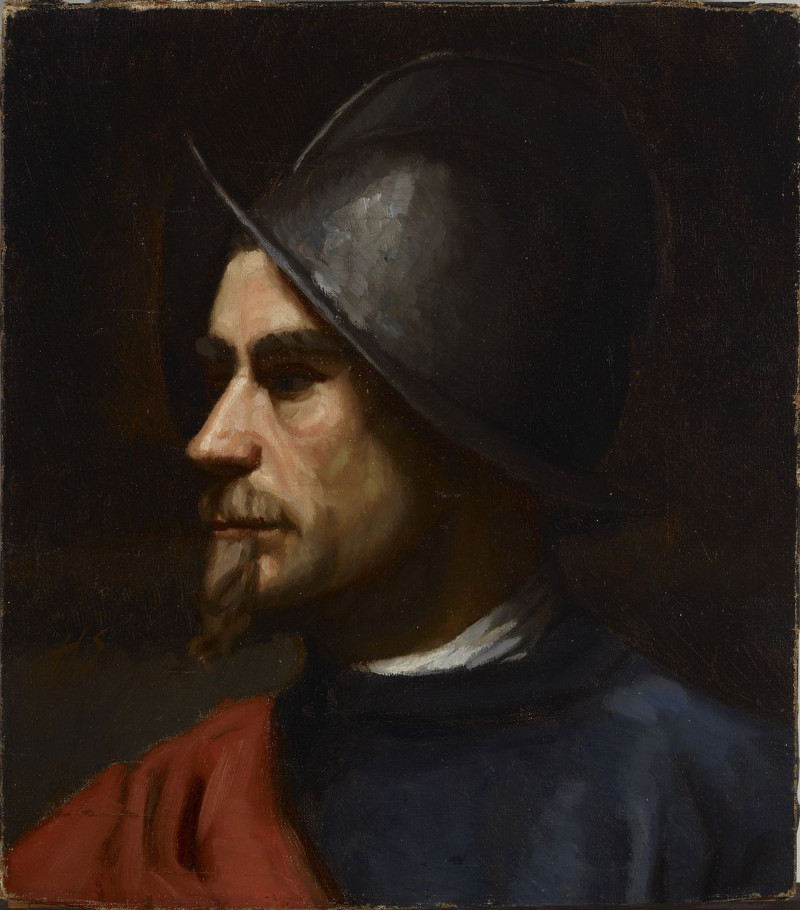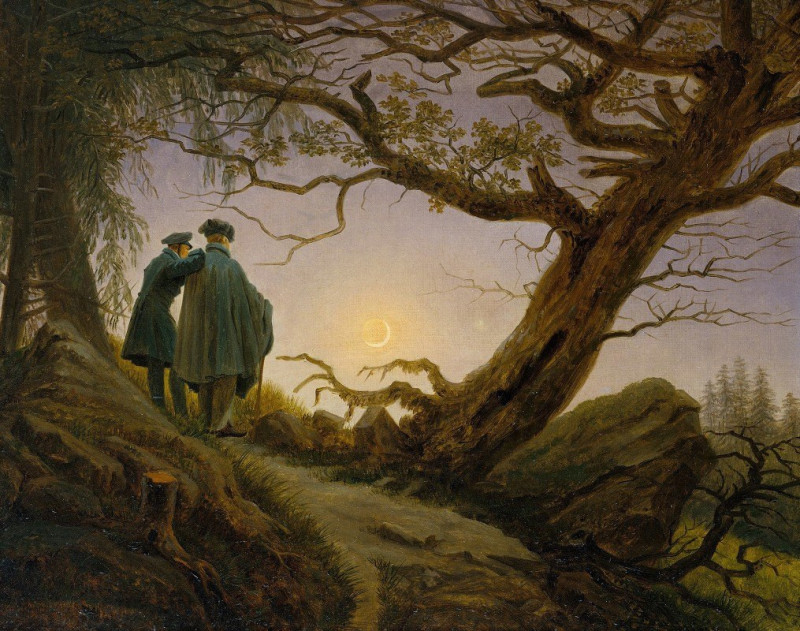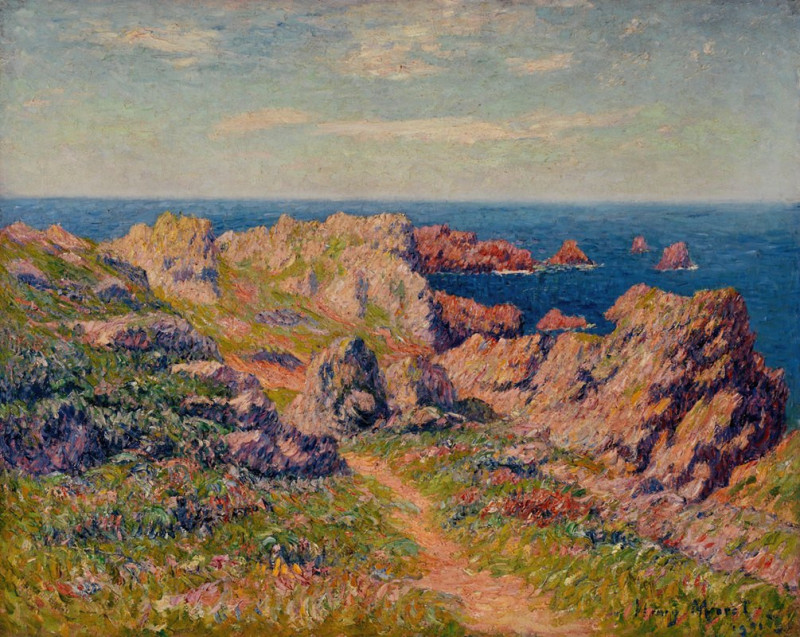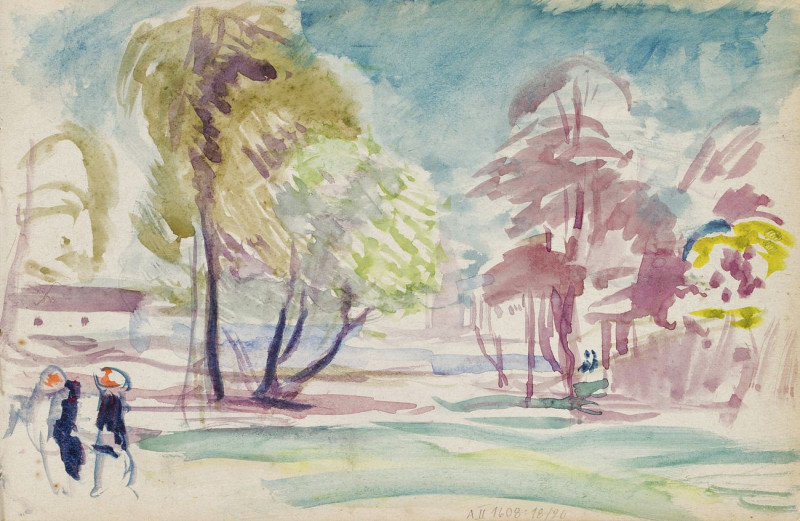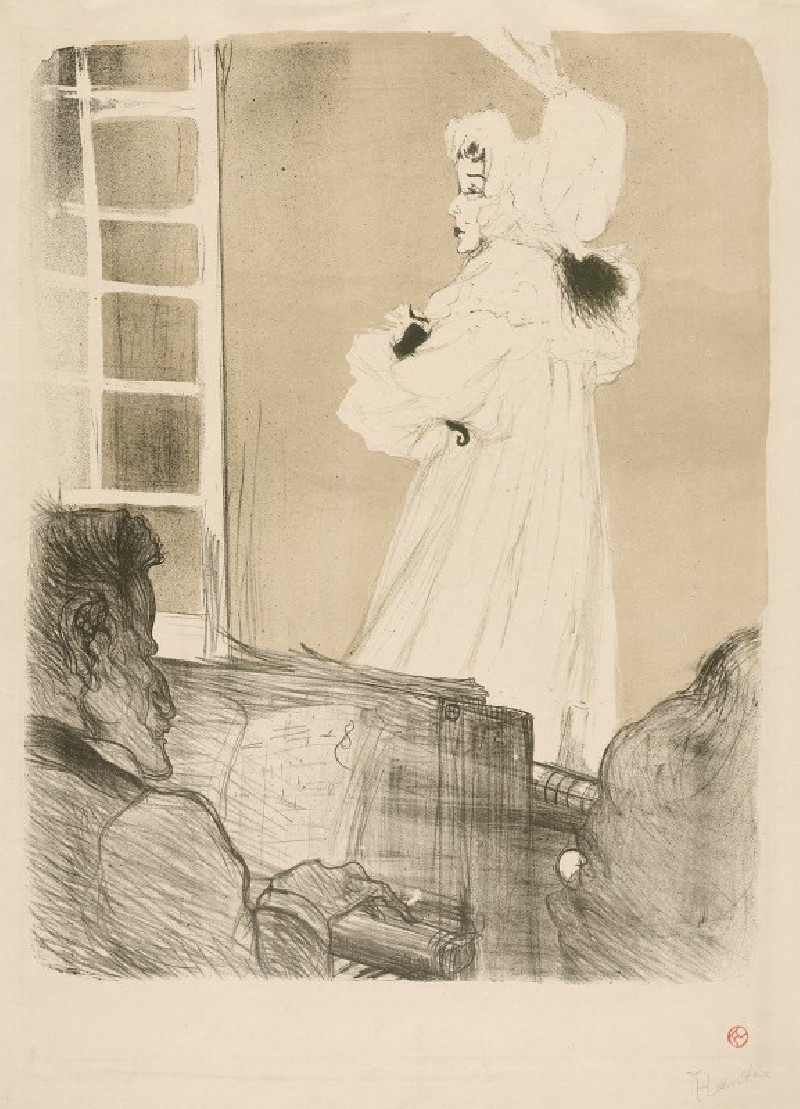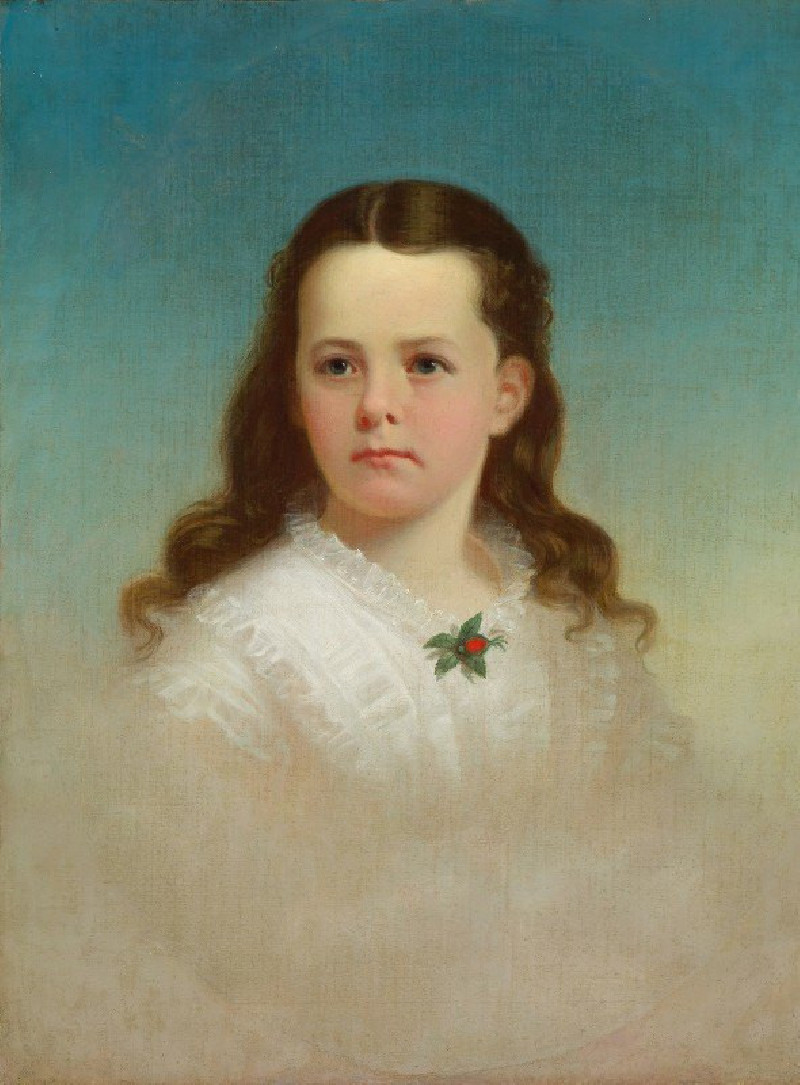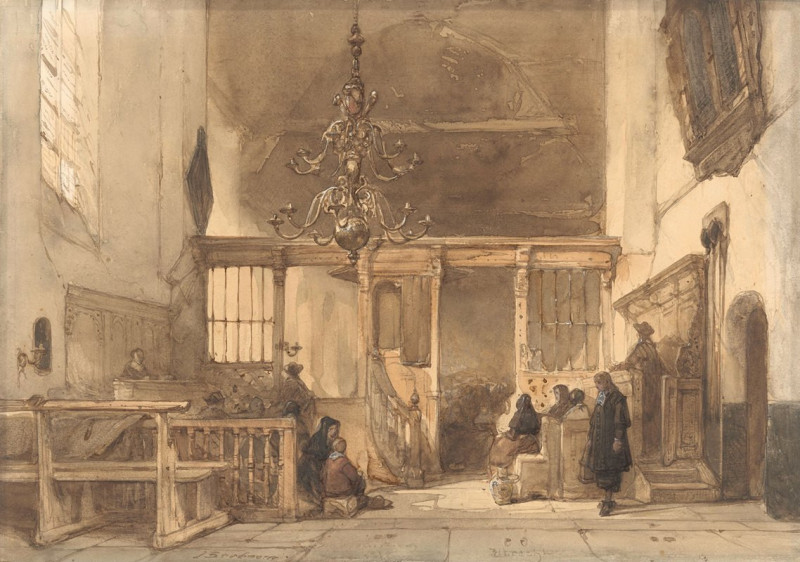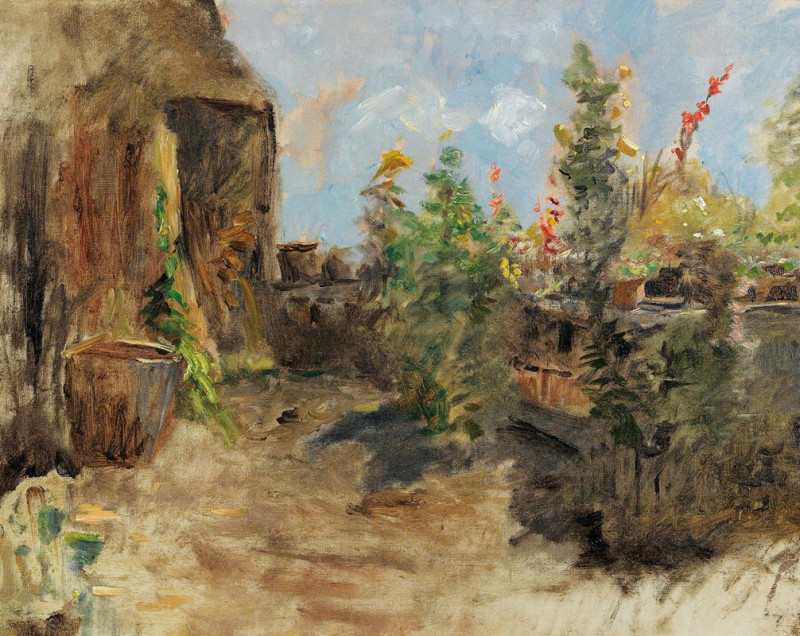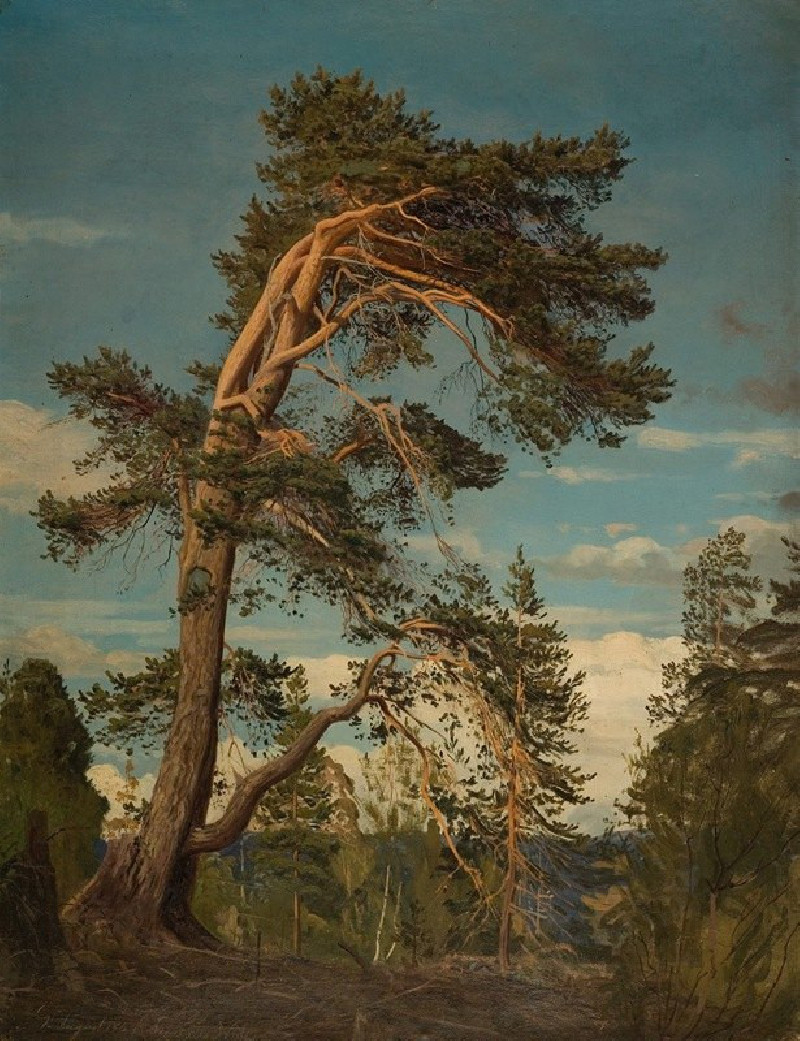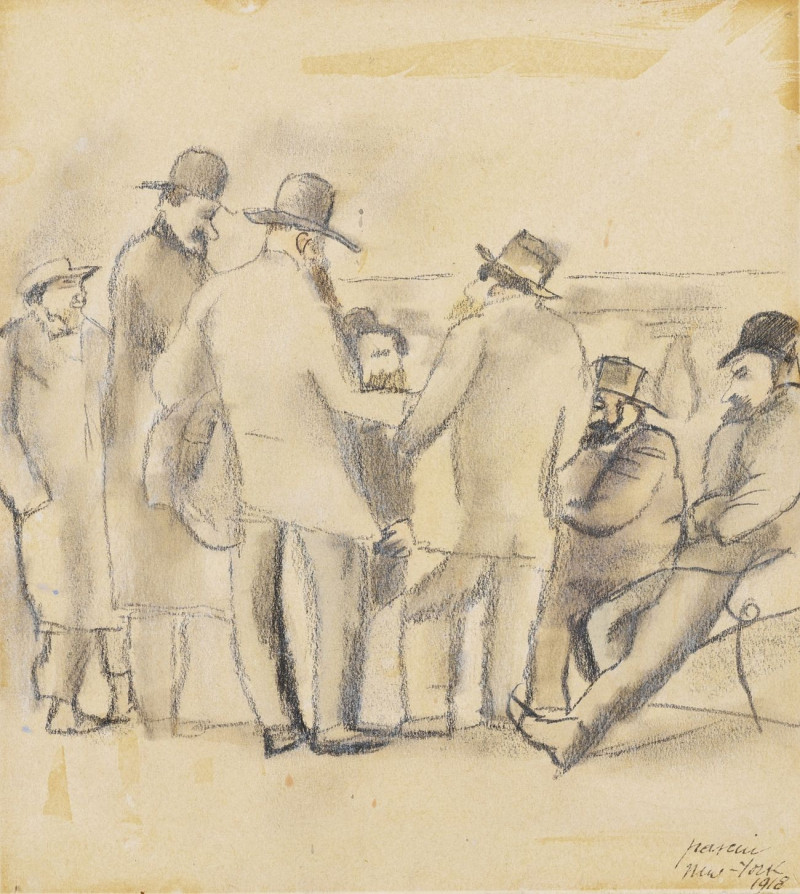The Town Beach, Collioure, Opus 165
Technique: Giclée quality print
Recommended by our customers
More about this artwork
This painting by Paul Signac, titled "The Town Beach, Collioure, Opus 165" is a radiant example of the pointillist technique, where small distinct dots of color are applied in patterns to form an image. The scene depicted is a charming seaside town with a peaceful beach forefront. The setting is Collioure, a picturesque coastal town in the south of France, known for its beautiful light and vibrant colors which have attracted many artists.The painting shows a broad sweep of the beach in the foreground, leading up to the gently rolling hills and the historic architecture of the town. The sea is painted with a series of blue and white dots that capture the glimmering light of the water. The buildings, with their warm tones of orange, beige, and brown, suggest a tranquil setting under a clear sky, articulated through a pale blue dotted with white. The overall effect of the meticulous pointillism is a composition that vibrates with color and light, revealing the subtleties of the changing day.The impression of warmth and sunny serenity is conveyed not just through the subject, but through the precise and enthusiastic application of this unique painting technique pioneered by Georges Seurat and continued by Signac himself. This piece invites the viewer to experience the calm and picturesque allure of Collioure through a dazzling array of colored dots that together create a cohesive and inviting scene.
Delivery
Returns
Paul Signac (1863-1935) was a French Neo-Impressionist painter. Together with Georges Seurat, Signac developed the Pointillism style. He was a passionate sailor, bringing back watercolor sketches of ports and nature from his travels, then turning them into large studio canvases with mosaic-like squares of color. He abandoned the short brushstrokes and intuitive dabs of color of the impressionists for a more exact scientific approach to applying dots with the intention to combine and blend not on the canvas, but in the viewer's eye.

